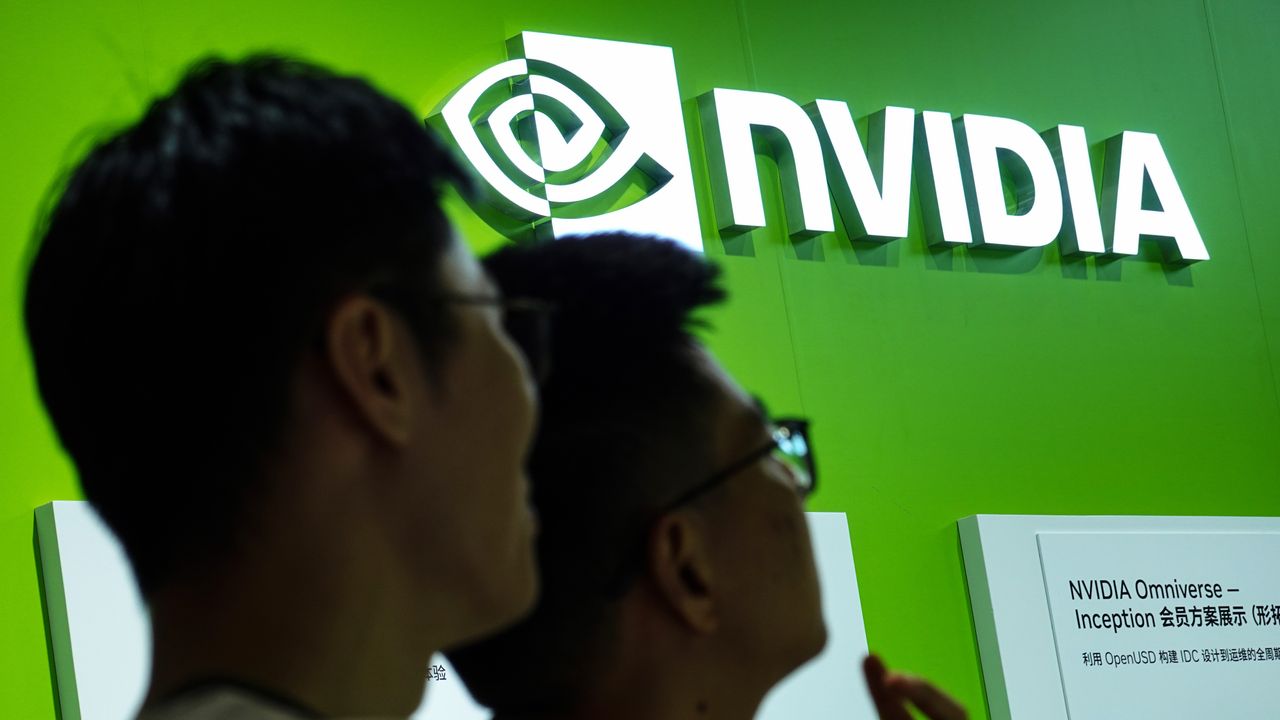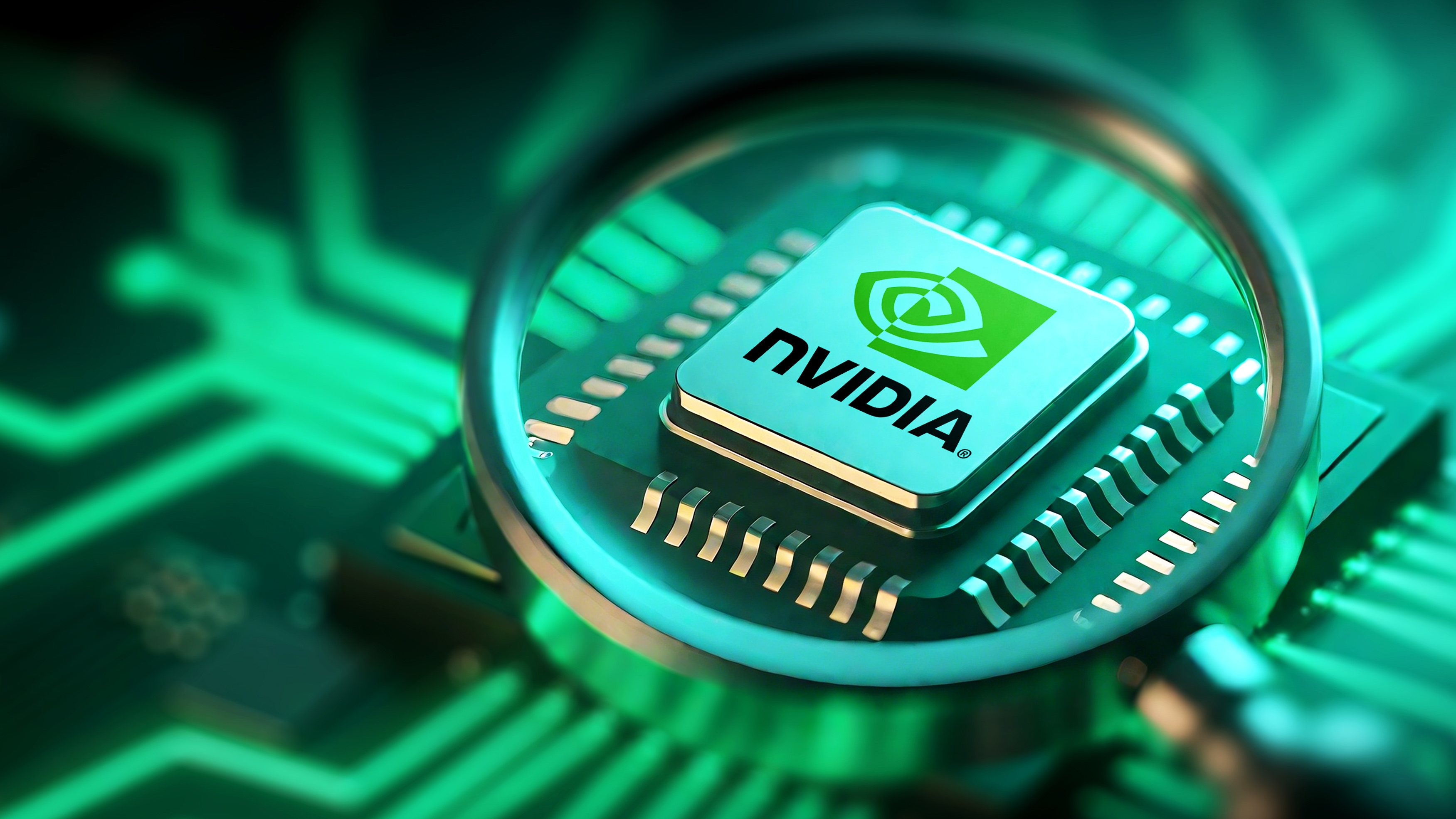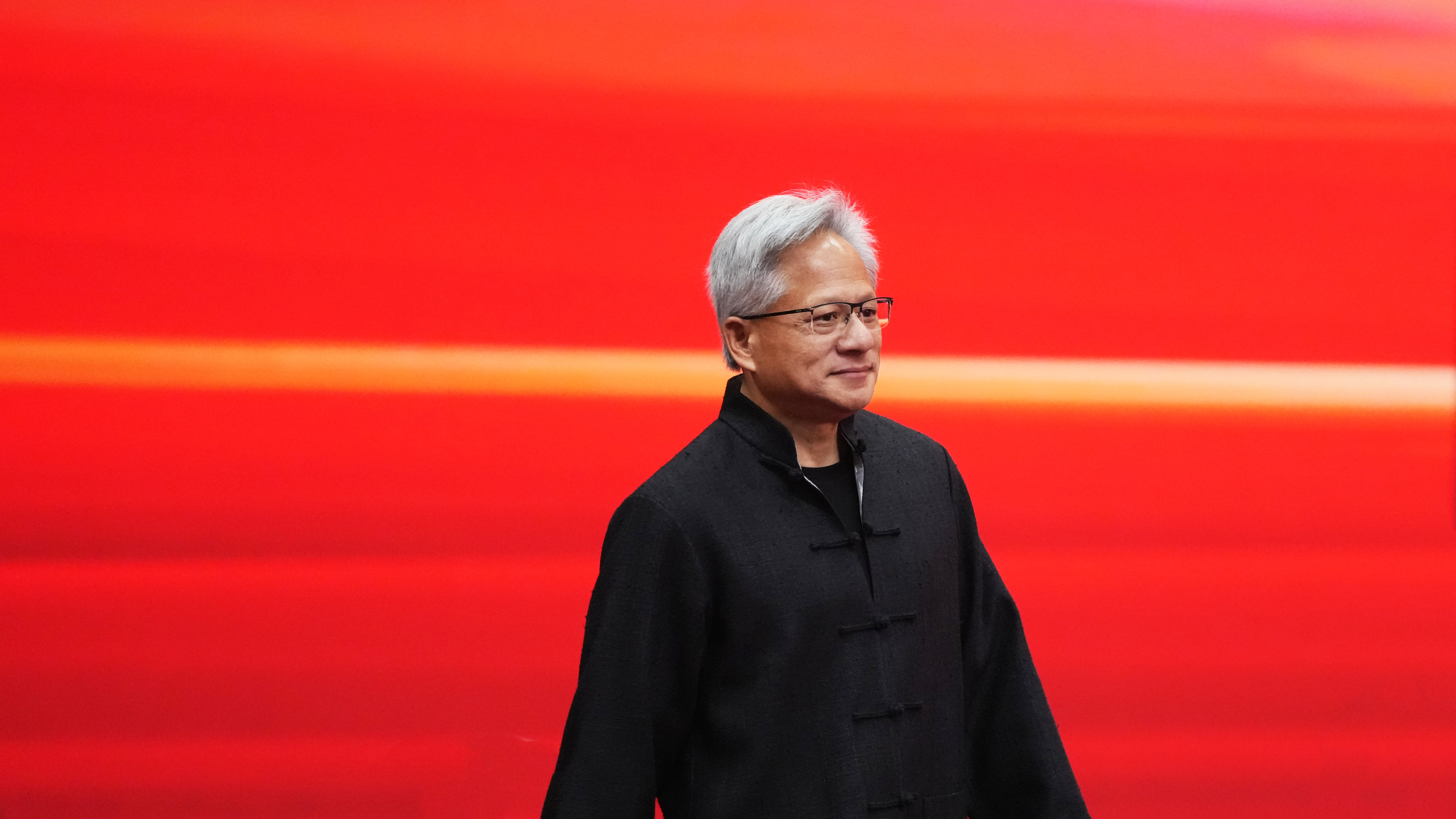
For quite some time now, NVIDIA, known as the dominant global provider of artificial intelligence (AI) processors, with an approximate 90% market share, has faced challenges in satisfying two major governments. This is due to the ongoing tussle between China and the U.S., focusing on the export of AI Graphics Processing Units (GPUs) and issues surrounding national security.
The core problem stems from NVIDIA’s H20 AI GPU, a highly sought-after chip, particularly among major Chinese AI companies aiming to match the AI leadership currently held by U.S. corporations.
Even though there are numerous orders for NVIDIA’s H20 chips in China, authorities in Beijing remain cautious about allowing them to enter the country in large numbers. In response to a recent report by Reuters published on August 13th, NVIDIA continues to assert their innocence.
Trackers have been discovered in AI chip shipments, but NVIDIA looks innocent

The report from Reuters implies that surveillance devices were discovered in AI-related deliveries dispatched by both Dell and Super Micro. These tracking mechanisms are embedded within products containing NVIDIA or AMD chips. It’s worth noting that these tracking devices weren’t installed in shipments destined for China, but rather in those with a higher risk of being diverted illegally to China.
According to a report by Reuters, this information originates from two individuals who have firsthand knowledge about an unpublicized law enforcement method. Furthermore, five others engaged within the AI server distribution network claim they’ve noticed the usage of tracking devices in server deliveries.
Instead of concealed spying tools secretly embedded within AI chips, these trackers are more likely found within the packaging of the servers delivered. As reported by Reuters, Super Micro chose not to elaborate beyond stating they don’t reveal their security procedures and guidelines.
According to Dell, they are unaware of any U.S. government program involving the placement of trackers in their shipped items. Similarly, NVIDIA has firmly stated that they do not include tracking devices in any of their products.
The employment of tracking devices in international freight isn’t a recent innovation; it’s a long-established law enforcement tactic that has been utilized for many years. Unfortunately, this findings couldn’t have surfaced at a more inconvenient moment for NVIDIA, as they strive to restart shipping their H2O AI GPUs to China, amidst escalating national security concerns voiced by authorities from both nations.
What’s going on with NVIDIA’s H20 AI GPUs in China?

The recently released report concerning trackers found in specific AI chip deliveries does not explicitly incriminate NVIDIA. Furthermore, it doesn’t suggest that H20 shipments specifically sent to China contain these trackers within them. However, considering recent events, this report does not enhance NVIDIA’s reputation.
The NVIDIA H20 GPU was developed in part as a response to the US government’s restriction on stronger AI accelerators from NVIDIA. Compared to the chips used by domestic AI companies, it doesn’t offer the same level of power. President Trump even labeled it as outdated.
Despite the Trump administration imposing an export ban on H20 to China in April 2025 due to national security reasons, costing NVIDIA billions of dollars, the restriction was lifted after approximately three months.
In a blog post on July 14th, NVIDIA announced that their CEO, Jensen Huang, had negotiated terms for resuming the export of H20 GPUs to China, following a previous pause in sales.
As a researcher, I found myself eagerly tracking the latest developments in the AI chip market, and it didn’t take long for me to note that NVIDIA swiftly announced an additional order of 300,000 H20 AI chips from TSMC. This was on top of their existing inventory of approximately 600,000 to 700,000 H20 GPUs, a substantial stockpile indeed, signifying a significant response to the growing demand in China.
A substantial amount of chips are being shipped to China, causing Chinese authorities in Beijing to raise questions about national security. In response, NVIDIA’s Head of Security, David Reber Jr., published a blog post entitled “Absolutely No Backdoors. No Hidden Shutdown Features. No Spyware.
To reduce the potential for misuse, some experts and decision-makers suggest implementing “shutdown mechanisms” or built-in controls that can deactivate graphics processors (GPUs) remotely, without the user’s awareness or approval. While it’s speculated that such mechanisms might be in place already, it’s important to note that NVIDIA GPUs do not and should not include kill switches or backdoors for security reasons.
David Reber Jr., NVIDIA Chief Security Officer
Later on, news broke out that Chinese AI companies were facing demands from authorities to abandon the use of NVIDIA’s H20 GPUs, owing to persistent national security worries. However, NVIDIA maintains that they are not engaging in any questionable activities.
In the midst of everything, it was revealed that the Trump administration had struck an agreement with NVIDIA and AMD. According to this deal, these two artificial intelligence chip manufacturers would remit 15% of their revenue generated from the sales of H20 and MI308 AI chips within China to the U.S. government.
The unique agreement, regardless of its legal status, has officials from both parties expressing worries. Is the imposition of a 15% tax a fair price for permitting China to strengthen its AI infrastructure, which could be utilized in their military? Or does the 15% tax merely divert attention away from potential security concerns on China’s part? It’s challenging to determine with certainty.
NVIDIA is optimistic about resuming shipments of H20 AI GPUs to China soon, yet the outcome of the upcoming weeks regarding U.S. export restrictions and Chinese customs regulations remains uncertain.
Read More
- Gold Rate Forecast
- Silver Rate Forecast
- How To Watch Under The Bridge And Stream Every Episode Of This Shocking True Crime Series Free From Anywhere
- BrokenLore: Ascend is a New Entry in the Horror Franchise, Announced for PC and PS5
- Two DC Comics Characters Have Lifted Thor’s Hammer This Week (And Everyone Missed It)
- Sony to Stimulate Japanese PS5 Sales with Cheaper, Region-Locked Model
- 🚀 XRP to $50K? More Like a Unicorn Riding a Rainbow! 🌈
- Valve’s new Steam Machine is just a PC at heart — here’s how to build your own and how much it will cost
- Get rid of the BBC? Careful what you wish for…
- South Park Creators Confirm They Won’t Be Getting Rid of Trump Anytime Soon
2025-08-15 01:16